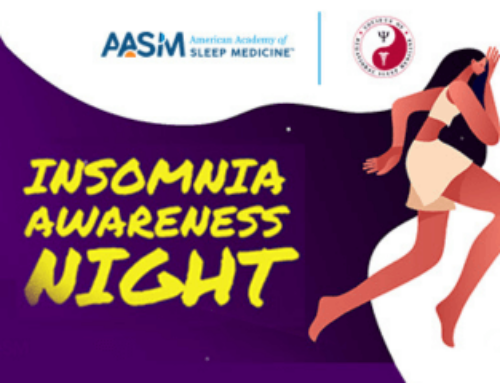FOR IMMEDIATE RELEASE
CONTACT: Doug Dusik, 630-737-9700, ext. 9345, ddusik@aasm.org
DARIEN, IL – To help teachers communicate the principles of good sleep habits to their students, the American Academy of Sleep Medicine has launched a new website – www.sleepeducation.com – that offers free lesson plans and other, age-appropriate resources for instructors in kindergarten through high school. Additional materials on the website include activities, presentations and assessment tools.
Lesson plans are available in a downloadable, printer-friendly format and are categorized by grade level: K-2, 3-5, 6-8 and 9-12. The lesson plans are cross-curricular, allowing teachers the flexibility to adapt and use the content in subject areas like arts, math, health and social studies. The K-2 section, for example, offers two lesson plans – “Do Animals Sleep?” and “What Sleeps in the Biomes?” – with a downloadable animal sleep chart, word search, Venn diagram and crossword puzzle. For older students, the 6-8 lessons focus on “Teens, Sleep & Drowsy Driving” and “Sleep Careers,” and include downloadable brochures, a questionnaire and a PowerPoint presentation.
“Research continues to affirm that sleep is a fundamental component in a person’s health, and so it is essential that we teach good sleep habits starting at an early age,” said Nancy Collop, M.D., president of the AASM. “Our hope is that children become so well-informed from the SleepEducation.com programs in their classrooms that they’re able to enlighten their parents about good sleep practices.”
Indeed, a study in the Aug. 15 edition of the Journal of Clinical Sleep Medicine, the official publication of the AASM, showed that half of parents responding to questions about sleep in their household underestimated their child’s sleep needs. Those children were less likely to obtain adequate sleep than the children of parents who correctly estimated or overestimated their child’s sleep needs, the survey found.
Getting enough sleep is critical to a child’s physical, intellectual and emotional development, affecting everything from weight, mood and intelligence to learning and attentiveness, research shows. Conversely, insufficient sleep – or being unable to sleep well – can cause a variety of health and behavioral problems in children.
“Good sleep is as important to a healthy lifestyle as diet and exercise, and yet in our overscheduled, over-stimulated culture, we seem to be compromising on sleep,” Collop said. “We owe it to our children to instill good sleeping habits into their routines when they are impressionable.”
The AASM is launching its new Sleep Education website in the wake of a number of studies over the last two years connecting adequate or inadequate sleep in children to a variety of health and behavioral problems:
- The amount of nighttime sleep – not daytime naps – was key to promoting attentiveness, self-discipline, organization, memorization and the abilities to plan, think and work with others.
- Sleep loss was associated with increased negative emotion and decreased positive emotion in adolescents.
- Children who slept longer performed better on IQ tests and had higher competence and academic performance. Schoolchildren with moderate to severe obstructive sleep apnea averaged half a grade lower in school than their peers
- Sufficient sleep – along with eating as a family and watching no more than two hours of TV or videos per day – was found to help prevent obesity.
- Lack of sleep led to symptoms similar to ADHD. For kids already with ADHD, staying up late for an extra hour caused them to lose the ability to remain vigilant and attentive.
In addition to the free Sleep Education website, AASM also published two children’s books recently, “The Animals Sleep: A Bedtime Book of Biomes” and “I See the Animals Sleeping: A Bedtime Story,” available for online purchase at the organization’s website, www.aasm.org, or at Amazon.com.
“Sleep is not simply a timeout from our daily lives,” Collop said. “It is an active state that is essential for renewing our mental and physical health each day. Our goal is to impress these facts upon future generations and parents through classroom learning and picture books.”
Read more about sleep and children from the American Academy of Sleep Medicine on the Sleep Education Blog at https://sleepeducation.blogspot.com/search/label/children.
The peer-reviewed Journal of Clinical Sleep Medicine (www.aasm.org/jcsm) is published bimonthly by the AASM. For a copy of the study, “Caregivers’ Knowledge, Behavior, and Attitudes Regarding Healthy Sleep in Young Children,” or to arrange an interview with an AASM spokesperson, please contact PR Coordinator Doug Dusik at 630-737-9700, ext. 9345, or ddusik@aasm.org.
# # #




